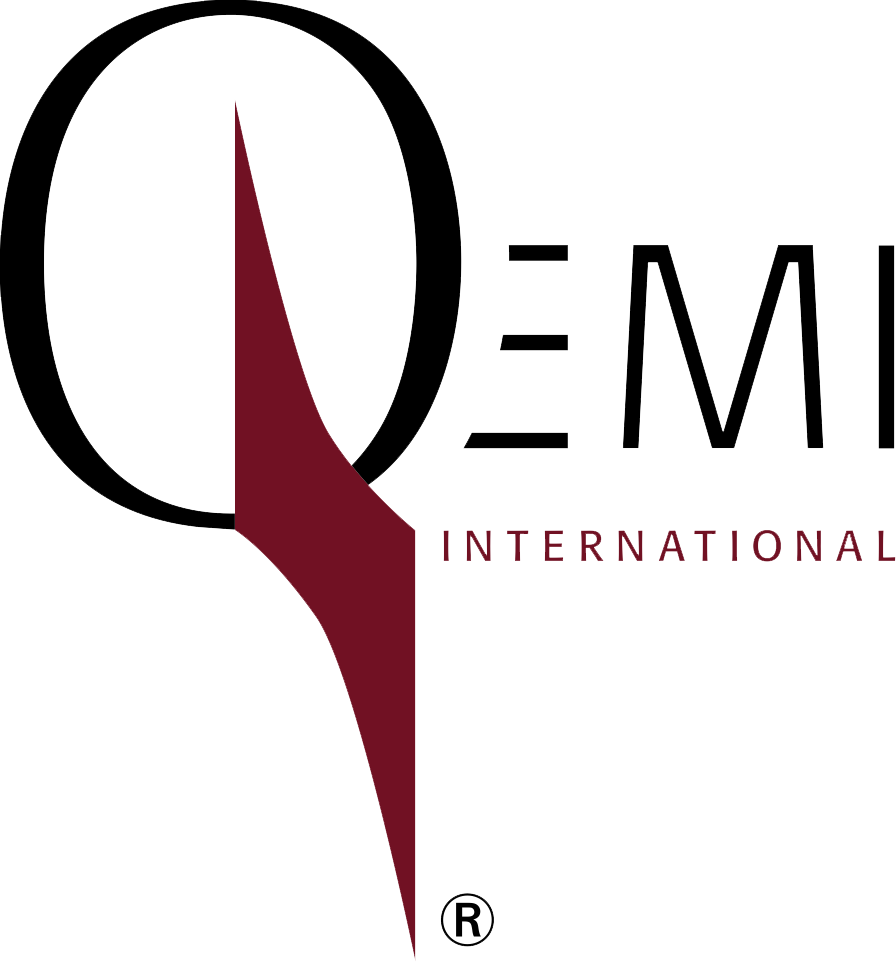The use of activated carbon is one of the most efficient ways to remove the color from sugar during cane refining. Let’s take a closer look at the history and applications of activated carbon.
History of Using Activated Carbon in Sugar Cane Refining
In 1918, Zerban highlighted the nascent endeavors to produce activated carbon and its initial application in sugar refining. These pioneering efforts laid the foundation for subsequent advancements. Laboratory and sugarhouse tests during the grinding season of 1917-18 in Louisiana provided early insights into the potential of activated carbon in enhancing the refining process.
Over the past two decades, significant strides have been made in the development and application of activated carbon in sugar refining. Researchers have engineered activated carbons that have remarkable decolorizing power, colloidal adsorption capacity, clarifying prowess, and superior filterability.
Today, the market features a spectrum of activated carbon grades, each tailored for specific refining purposes.
Manufacturing Methods
Activated carbon is manufactured from diverse raw materials, including wood charcoal, lignite, bituminous coal, and black ash. There are two key methods to activation: chemical activation and high-temperature activation with a mild oxidant such as steam or carbon dioxide. The latter method is the more popular in production.
Specific Adsorptive Characteristics
Activated carbons exhibit specificity in their adsorptive characteristics, selectively retaining certain substances while exhibiting lesser affinity for others. This necessitates meticulous selection of raw materials and precise control over manufacturing processes to ensure the suitability of the final products for their intended purposes.
At Qemi International, we have perfected our list of sugar cane processing chemicals over the years of specialty product development, so you can have peace of mind that our activated carbon meets the needs of your facility.
Enhancing Sugar Refining
In sugar cane refining, activated carbon plays a multifaceted role:
- Decolorization: Activated carbon acts as a decolorizing agent, effectively removing impurities and colorants from sugar solutions. Its high decolorizing power ensures the production of crystalline, colorless sugar of exceptional purity.
- Odor and Taste Improvement: In addition to its role in color removal, activated carbon helps enhance the aroma and taste of refined sugar by adsorbing volatile compounds responsible for off-flavors and odors.
- Adsorption of Colloids: The colloidal adsorption capacity of activated carbon enables the efficient removal of colloidal particles, contributing to the clarity and transparency of refined sugar solutions.
- Clarification: By facilitating the removal of suspended particles and turbidity, activated carbon enhances the clarity and brightness of refined sugar, meeting quality standards.
- Filterability: Activated carbon enhances the filterability of sugar solutions, facilitating the separation of impurities and ensuring smooth processing operations.
- Removal of Organic Impurities: Activated carbon’s porous structure enables it to effectively remove organic impurities present in sugar solutions. This includes traces of organic acids, proteins, and other substances that may impact the quality and shelf life of the final product.
If your company needs activated carbon for your sugar cane refining, Qemi International has you covered. With our wide range of cane sugar processing chemicals, we will help you make sure that the sugar you produce is of top-notch quality. Contact us today.

